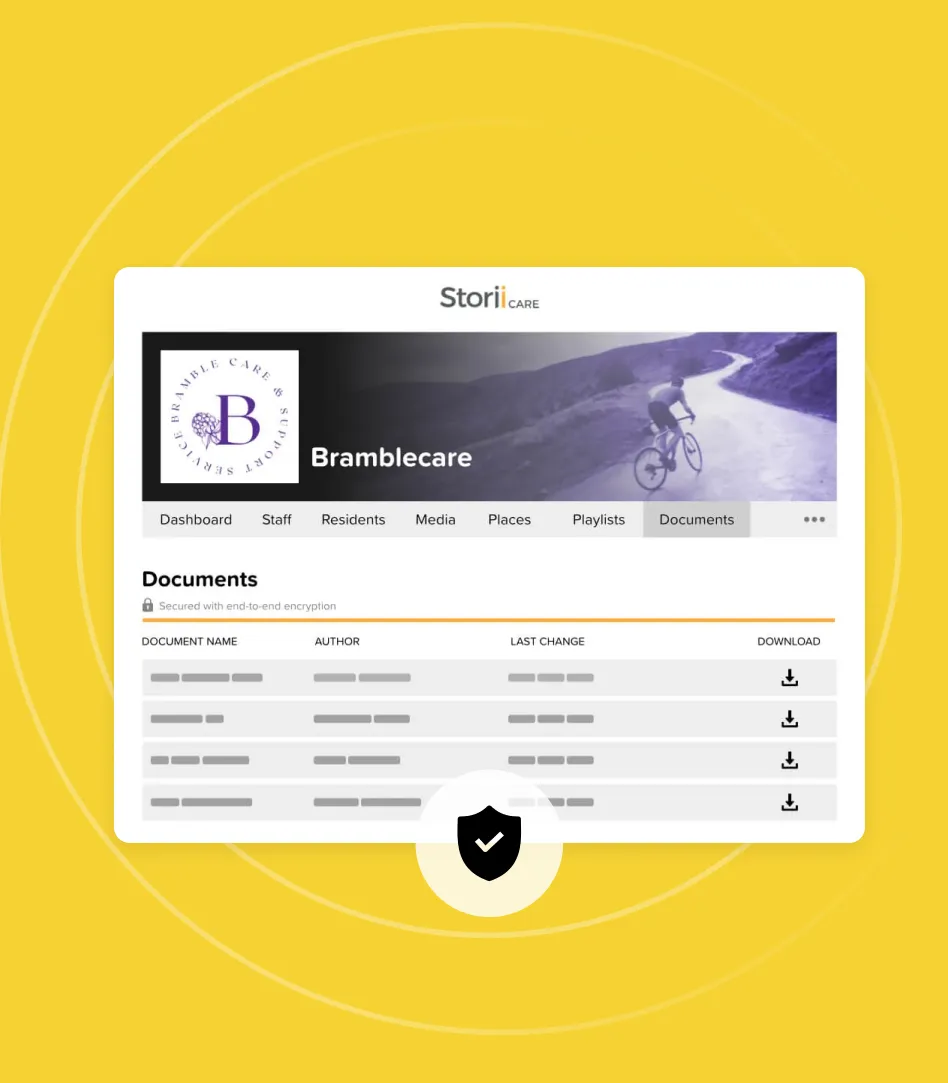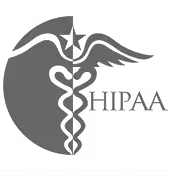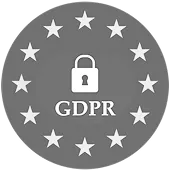Care providers are increasingly moving away from paper-based systems and opting for digital care management. Digital devices like smartphones and tablets are beneficial because their mobility enables point of care recording. Consequently, this provides increased levels of efficiency, accuracy, and accountability when it comes to documenting care.
With electronic care records, multiple health and social care workers can access records at the same time from different locations and devices. This accessibility means time is saved and more time is spent providing person-centred care. Additionally, since systems update live, all involved parties are getting the most accurate, up-to-date information at their fingertips.
The benefits of digital transformation in adult day care and residential care settings are numerous. However, there are crucial elements to consider when it comes to the security and operations of mobile devices. If you are looking to implement mobile recording capabilities in your care community, read our tips and suggestions below.
Make connection your first priority
You can have the best care management system and high-end devices, but none of that matters if there is a dodgy WiFi connection and/or bad mobile reception. There are a few things you can try to improve the WiFi reach and speed in your care home or service setting:
- A WiFi range extender
- Whole-Home and Mesh Systems
- Mobile phone data packages with WiFi hotspots
Use company-issued devices
Supplying staff with company-issued devices can be a significant monetary investment. For this reason, many care providers opt to have staff download a designated care app and use their own mobile devices. It is certainly more convenient and cost-effective, but here are the downsides to this approach:
- Personal texts, calls, and app notifications may distract staff from being focused at work. There is an even greater temptation to use a device for personal reasons during work hours if you’re allowed to be on your phone at work in the first place.
- Residents or service users may feel negatively about seeing staff on their phones a lot.
- If a staff member’s device is lost, stolen, or damaged, it will impact their ability to do their job.
- Whatever application is being used will have required tech specifications in order to operate. There is no guarantee all personal devices owned by staff will meet those requirements.
That said, personal device usage can often work well for home care, supported living, and respite care services where there is a large remote workforce.
Some care software providers supply hardware. Others will simply make recommendations and give you the freedom to choose devices in your budget. The benefits to company-issued devices are:
- Devices can be locked in ‘Kiosk Mode’ so that staff can only access the applications you’ve enabled.
- Devices can all be given the same color case. There could be signs posted that say ‘When staff are using devices with purple cases, they are recording care information’. This ensures visitors and residents that they are not being neglected.
- Providers have control over the security, protection, charging, tech specifications, and cleaning of devices.
- Devices can be shared by multiple staff.
- Designated access points can be created. This would be where a tablet is fixed to a wall in a hallway or resident room, for example.
Purchase heavy-duty cases
Replacing and repairing smartphones and tablets is expensive. Even if insured, it can take days or weeks to receive a device back. Furthermore, if you do not have a replacement device available, it may impact the ability of staff to carry out their work.
Spending the extra money to acquire cases that provide superior protection will pay off in the long run. We’d suggest gel, silicone or rubber for absorbing impacts and covers to protect against spills.
Create strong password protection
Since your devices will have a system containing confidential information, it is imperative that the devices are password-protected to a high standard. Unfortunately, data breaches happen and devices can be lost or stolen. These situations can have serious implications for your business.
Rules for password complexity and expiration should be set by the administrator. For example, you may require all devices and users to have passwords that are 8 characters in length. This could be using a combination of letters, numbers, and symbols. You may also require that passwords be changed every four months.


.avif)

.png)
.png)
.png)










